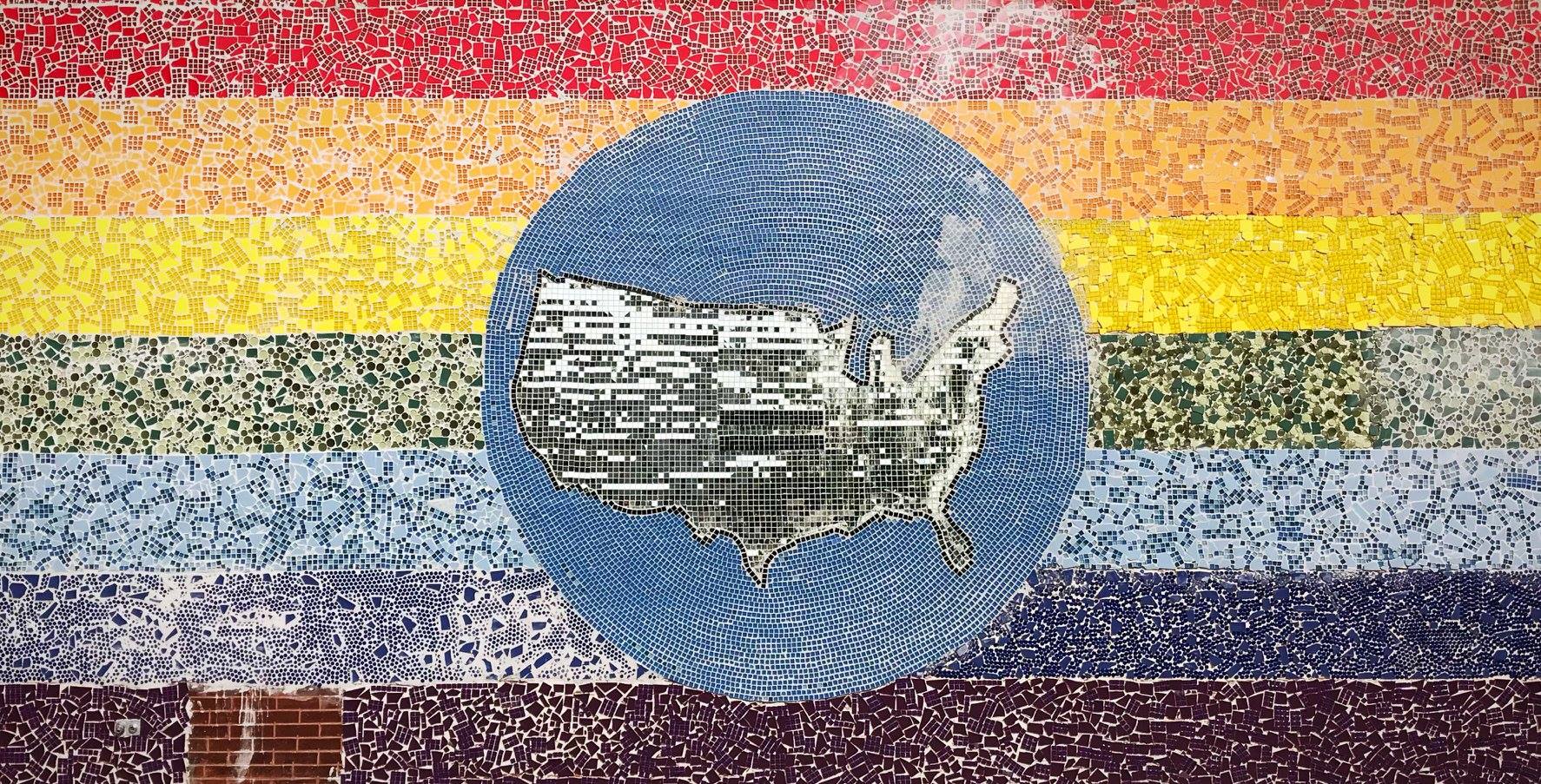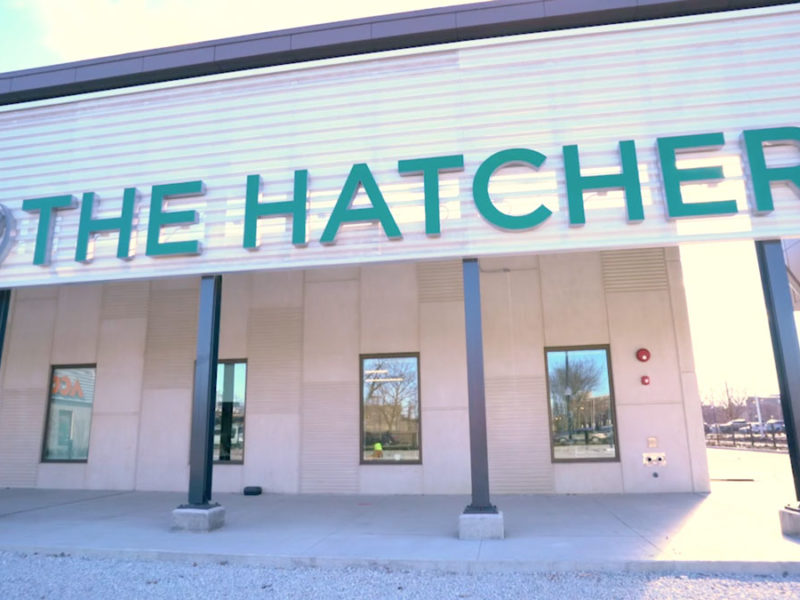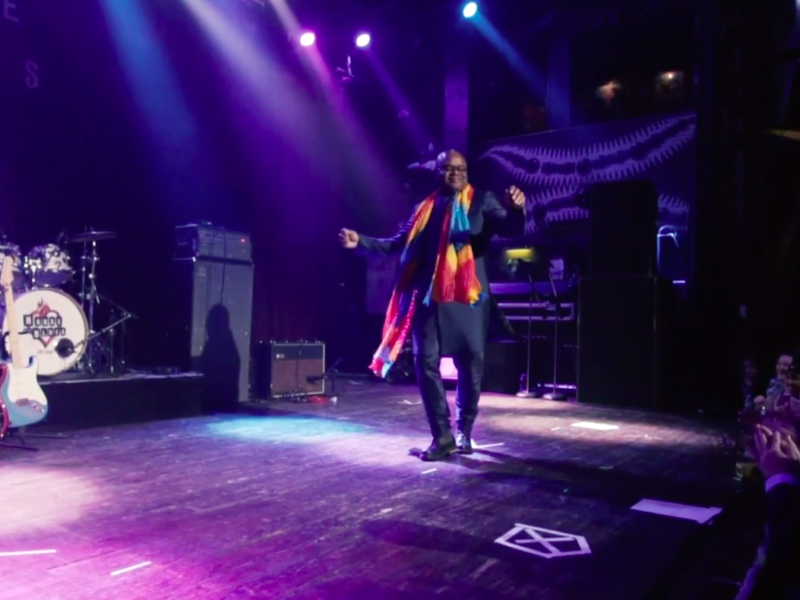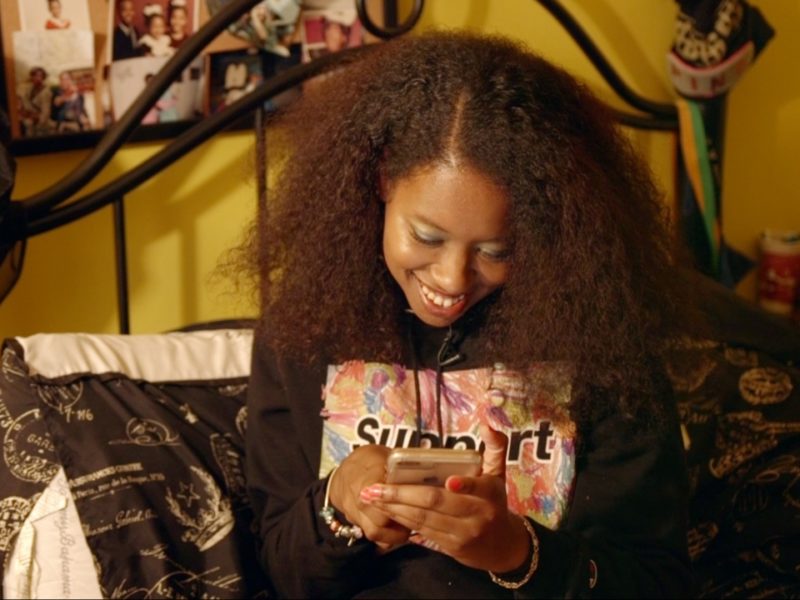
Preparing Youth for Chicago’s Tech Future
COMMUNITY AREA #61: New City — Jose Fernando Gutierrez Hernandez
BACK OF THE YARDS — Just last week, World Business Chicago noted that Chicago was one of the top city for tech start-ups, with over 100 incubators, accelerators, and co-working spaces meant to foster growth in the start-up community.
But often, students in some of Chicago’s more under-resourced communities are not being properly prepared to enter into tech or business careers. This can have deleterious effects, especially as families on the South and West Sides leave the city for places where support and opportunities are more readily available.
Chicago Ideas Youth Program partner, Jose Fernando Gutierrez Hernandez wants to do something about that. Through his work with the Seward Academy in the Back of the Yards neighborhood, he’s making sure that Chicago’s young people have the resources and guidance they need to imagine new horizons in a tech centered future.
We sat down with him to talk about the challenges facing students in the New City area, his affinity for teaching, and what the future has in store for Chicago’s youth.
Chicago Ideas (CI): How has your ambition to expose youth from underserved communities, like Back of the Yards, to opportunities that aren’t typically available to them (like tech) evolved over the years?
Jose Fernando Gutierrez Hernandez (GH): From the beginning of the partnership between Seward and Chicago Ideas Youth to today my ambition has changed. I feel more inspired and motivated to help this project grow. I think the potential is enormous! There might be at least a half a million children below the age of 15 in our city. There is great talent that can lift our communities, but we need solid guidance and leadership to help our children transition to successful career paths. I feel a sense of urgency to serve and mentor these children because one school year without the right support can impact the rest of their lives. This is more pressing with our current declining population in neighborhoods where families are leaving us for other cities that will give them the chances they need to succeed. Every family that leaves will take with them a generation that will take their successes and prosperity to other communities. That is why I am so passionate about this program.
CI: What are you working on right now to create a greater dialogue between Chicago’s youth and its tech community?
GH: I am at Seward currently. I hope to graduate on August this year from my MBA at UIC. I recently became part of a start-up that works on educational technology with a focus on socio-emotional learning. I am learning about the process of creating a curriculum that will support educators and parents with positive socio-emotional development for their children through technology. I’m excited to use my experience as an educator of diverse learners to support this project. My work with Chicago Ideas Youth continues, and I want to make it a permanent commitment to Back of the Yards. My dream is that children in this community feel that tech and business sectors are an integral part of their career options. I want their talent to be valued and to be retained in Chicago!
CI: What do you believe local institutions should do to show young people from communities like Back of the Yards that they have a future in leadership positions and in the business and tech communities?
GH: The lack of diversity in business and technology is a serious issue for Chicago. A recent event I attended reminded me of the reality of segregation in our city. During a job fair for Built in Chicago I noticed the overwhelming ethnic homogeneity of recruiters. I felt welcome and respected by everyone there. However, the vast majority of professionals in the room did not reflect the demographic makeup of our city. The diverse body of applicants were not Chicago natives either.
I am excited that Chicago attracts great international talent, but I wish that our current education and college-to-career paths would support our population more. At a personal level I felt that if my current career was in decline, I would not have the skills I needed to make a transition. I felt that I needed to start the transition into this very technical training much earlier because I was so out of place in this emerging job market. I as a graduate from two prestigious schools with 10 years of professional experience felt under-qualified for the first time in my life. Without the right connections to break in, I felt that I was not ready for prime time, and needed to spend more money on this specific training. I realized that it must be so much harder for a young adult to break into this field if they have not been given the tools from the beginning, and the gap can only widen as they get older and get busy starting their own families in a stratified society.
I often read about the lack of applicants to meet the business and tech sector job openings. I believe companies that need this labor so desperately need to invest in our schools beyond charity and inconsistent volunteering and “feel good” activities. We often have career fairs at schools with traditional positions. This is a great resource and I’m excited our students get to learn about doctors, lawyers, and other professionals. However, tech jobs and business leadership roles are not easy to explain to people. The only way to experience what this careers are like is if students get a chance to experience the spaces, the tools, and the perks of working in these industries.
For example, when my students met Molly Crabapple during Chicago Ideas Week, they were inspired by her journey as an artist, writer, and journalist. They admired her work ethic and passion for her body of work. Four months later my students still talk about the experience. Children relate to personal stories that helped them make the connections early on. They must see what tangible skills are need to succeed in these environments. Even at their age, they understand a lot more than we think they do.
CI: What’s next for you?
GH: I hope to transition into a career in business and technology, but I also want to stay engaged with our diverse communities and build an infrastructure of opportunity for our children across our city. I want children to feel that they have a future in Chicago, that their gifts are appreciated here. I left my hometown in search of opportunities that were not available to me. I miss my hometown often. Yet, Chicago also feels like home. My husband and found great opportunities and high quality of life in our neighborhood. We want to stay because we feel valued. I hope I can make this experience possible for children in communities like Back of the Yards and beyond.
Want to make an impact on the accessibility of tech and science exposure for students across Chicago? Start by checking out Brave Initiatives, an organization empowering girls to get into coding as a way to solve social problems. You can also become involved with Chi Hacknight, which tries to enhance public life by integrating technology into social interventions.
The 77 Project is a storytelling and media project presented in partnership with Xfinity with additional support from Robert Wood Johnson Foundation to help redefine the narrative of our neighborhoods from the inside out. We’ll spend the remainder of 2018 shining a light on organizations and individuals in each of the 77 community areas of Chicago who are making a positive impact. Know someone we should speak with? Recommend them here.





